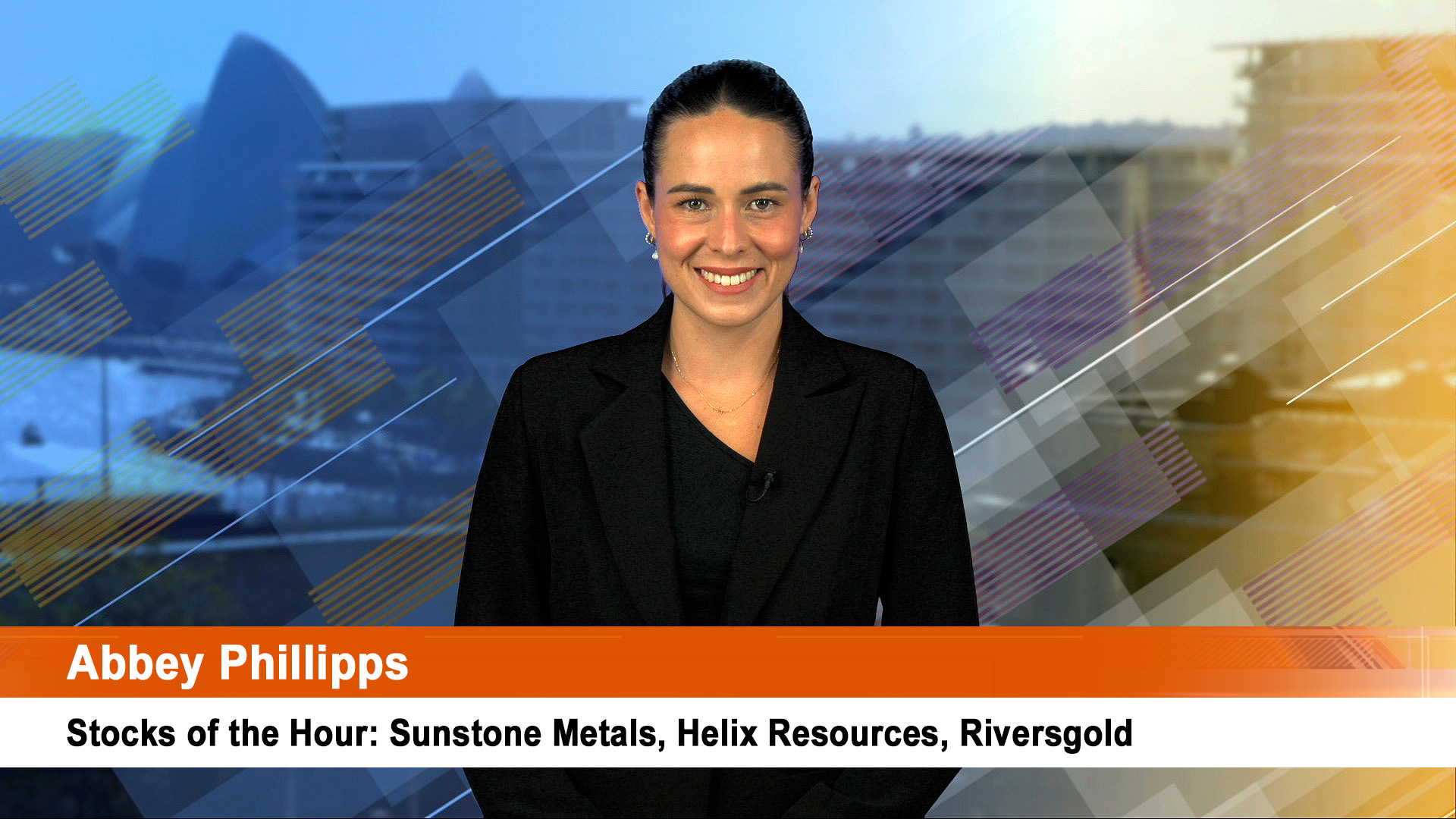
This is good news for Australia: China will grow faster next year than many forecasters think, according to the World Bank, and this will drag up growth levels elsewhere in the Asian region.
As Australia is on Asia’s doorstep, its the most important destination for our exports.
We are a major supplier of commodities, mineral and rural, so it’s encouraging news, even as many exporters face margin pressures from falling returns because of the stronger Australian dollar, which in turn will put further pressure on our terms of trade and national income.
According to the World Bank, China’s 2009 growth will end up higher than forecast and its 2010 growth, while less than this year’s (at this stage of the forecasting cycle), will be higher than estimated earlier this year.
The World Bank lifted China’s economic growth forecast for this year to 8.4% from 7.2% and 6.5% earlier this year, thanks to the $US585 billion stimulus package revealed a year ago, and the associated record $US1.27 trillion in bank lending in the nine months to September.
"With projected growth of 8.4 percent in China this year and the country’s domestic demand racing ahead of global demand, countries exporting consumer durables, electronic components and raw materials to China have felt the positive flow-on effects.
"As a result, the World Bank is projecting growth of 6.7% in 2009 for developing East Asia and the Pacific and 7.8% for next year," the bank forecast.
The bank said that "East Asia’s rebound from the economic downturn has been surprisingly swift and very welcome.
"A year ago, exports and industrial production fell sharply across the region, layoffs were on the rise, and capital flowed out weakening asset prices and currencies.
"A vigorous and timely fiscal and monetary stimulus in most countries in East Asia led by China and Korea, along with decisive measures in developed economies to prevent a financial meltdown after the collapse of Lehman Brothers, have stopped the decline in activity and set in motion the regional rebound.
"The shift to inventory restocking since mid-2009 has also helped boost growth.
"These factors have led us to revise our projection for real GDP growth in developing East Asia up by 1.3 percentage points since the previous forecast in April.
"All in all, real GDP growth is set to slow to 6.7 percent in 2009 from 8 percent in 2008, or much more moderately than after the 1997-98 Asian financial crisis.
"Developments in East Asia remain strongly influenced by China. Take China out of the equation, and the rest of the region is recovering with less vigor.
"For 2009 as a whole, output is projected to contract in Cambodia, Malaysia and Thailand and barely grow in Mongolia and some of the Pacific islands.
"Even with solid growth in Indonesia and Vietnam, developing East Asia excluding China is projected to grow more slowly in 2009 than South Asia, the Middle East and North Africa, and only modestly faster than Sub-Saharan Africa."
China’s third quarter growth hit an annual 8.9% rate in the third quarter.
The World Bank said the economy will grow 8.7% next year, more than an earlier estimate of 7.7%.
It said that recovering housing construction and a turnaround for exports will help the economy pick up next year even as overall growth in investment falls by about half.
“More policy measures will be needed to rebalance growth in China,” the World Bank said. “Structural reforms to unleash more growth and competition in the service sector and stimulate more successful, permanent migration would be particularly welcome.”
The bank forecast exports to turn positive in 2010 (in fact some domestic analysts in government think tanks say exports will turn positive this quarter, possibly from November and December onwards because of the sharp falls experienced at the end of last year).
That rise in exports next year may boost growth by 0.4% after slicing an estimated 3.4 percentage points off this year’s expansion.
Domestic demand will contribute about 8.2 percentage points to growth next year, down from 11.9 percentage points this year.
"China’s export growth is likely to resume, helped by strong fundamental competitiveness and the recent depreciation of the nominal effective exchange rate,” the report said.
The current account surplus is estimated to shrink to 5.5% of GDP this year and 4.1% in 2010 from 9.8% in 2008.
But while there’s a concern for possible asset bubbles in the World Bank update, there’s no need for an immediate move by China.
The Bank’s senior China-based economist Louis Kuijis says the central bank will “eventually” have to rein in credit to ensure resources are properly allocated and the bank’s chief economist for the East Asia & Pacific region, Vikram Nehru warned that risks to a sustainable recovery remain.
"Some governments in the region will have the fiscal space to sustain fiscal stimulus until recovery is on a firmer footing,” he said.
“The time to begin removing monetary accommodation may come earlier however, especially given concerns about asset price bubbles,” he was quoted as saying in a release from the World Bank.
“Risks of asset-price bubbles and misallocation of resources amidst abundant liquidity need t













